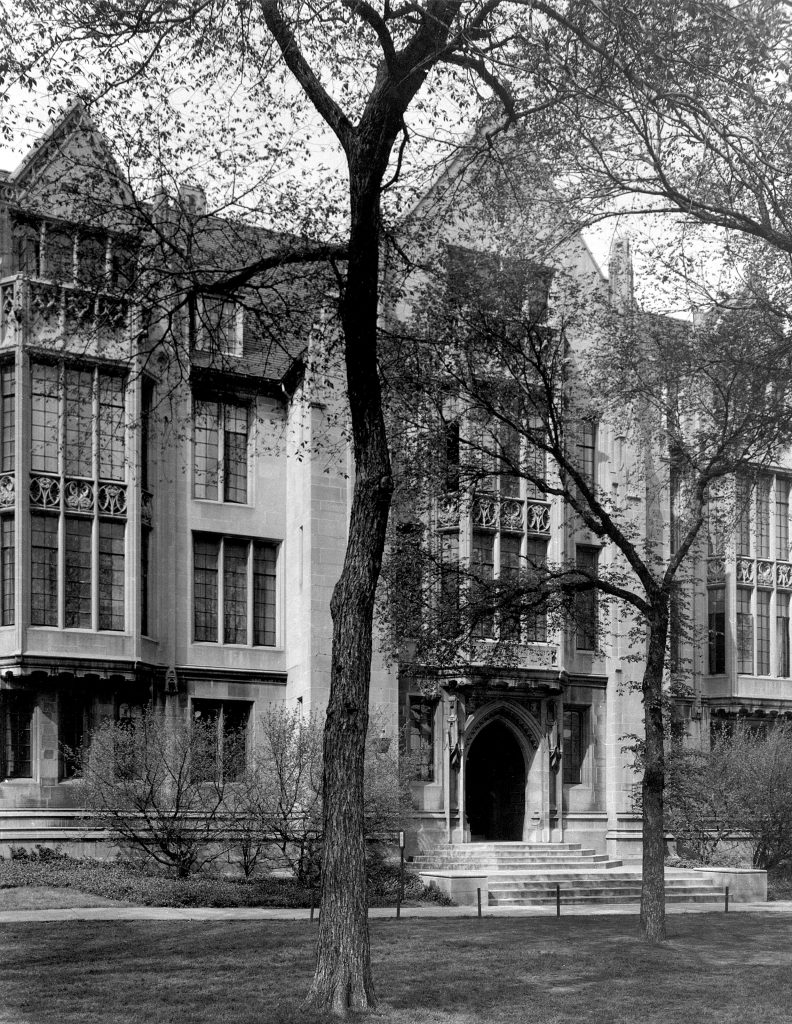Robert J. Moon (1911-1989) was a physicist at the University of Chicago’s Metallurgical Laboratory (“Met Lab”) during the Manhattan Project and a signer of the Szilard petition. At the Met Lab, Moon played a major role in making the Chicago Pile-I possible by solving the issues with the carbon moderator.
Prior to joining the Met Lab, Moon was a student and professor at the University of Chicago. He earned both his Ph.D. in Physical Chemistry and Ph.D. in Physics from the University of Chicago. After graduating from the programs, he became a teacher in both departments beginning in the 1930s.
During the 1930s, Moon also constructed the second cyclotron in the world. His cyclotron featured a number of improvements on Ernest O. Lawrence’s first cyclotron. After World War II, Moon continued working at the Met Lab’s successor, Argonne National Laboratory.
Focusing on biophysical research, Moon built the first scanning X-ray microscope and spearheaded optical biophysical studies on nerve action potentials.





